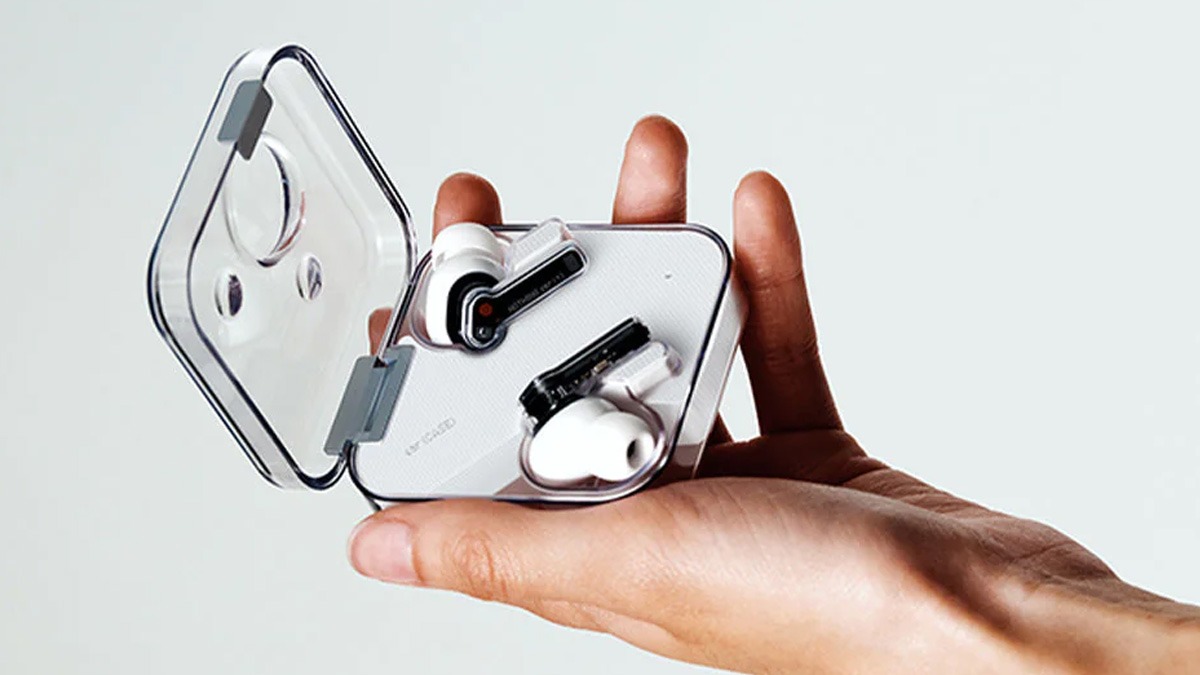Just In
- 5 min ago

- 47 min ago

- 2 hrs ago

- 2 hrs ago

Don't Miss
- News
 After Virat Kohli, Paparazzi Spots Gautam Gambhir Unhappy With Umpire, Argues Over Decision
After Virat Kohli, Paparazzi Spots Gautam Gambhir Unhappy With Umpire, Argues Over Decision - Sports
 IPL 2024: Harbhajan Singh on Why RCB Lost Last-Ball Thriller Against KKR
IPL 2024: Harbhajan Singh on Why RCB Lost Last-Ball Thriller Against KKR - Movies
 Ahead Of Shaitaan OTT Release, WHEN & WHERE To Watch Ajay Devgn Starrer's Gujarati Original?
Ahead Of Shaitaan OTT Release, WHEN & WHERE To Watch Ajay Devgn Starrer's Gujarati Original? - Finance
 Zomato Hikes Platform Fee To Rs 5 Per Order, Terms It 'Business Calls'
Zomato Hikes Platform Fee To Rs 5 Per Order, Terms It 'Business Calls' - Education
 When is Telangana Inter 1st and 2nd Year Results, Check the Dates here
When is Telangana Inter 1st and 2nd Year Results, Check the Dates here - Automobiles
 Hyundai's New Initiative EcoGram Cuts Down Carbon Emissions Significantly
Hyundai's New Initiative EcoGram Cuts Down Carbon Emissions Significantly - Lifestyle
 Suhana Khan Serves Chic Style Goals From Her Milan Vacay, Tips To Get Your Holiday Fashion Right!
Suhana Khan Serves Chic Style Goals From Her Milan Vacay, Tips To Get Your Holiday Fashion Right! - Travel
 Journey From Delhi To Ooty: Top Transport Options And Attractions
Journey From Delhi To Ooty: Top Transport Options And Attractions
Huawei's Kirin 940 & 950 To Power Next Generation Smartphones
Huawei, the China based firm which has been feeding the world with cutting-edge telecom devices and solutions, chips and lately smartphones as well is all set to add two new members to its silicone family, Kirin 940 and the Kirin 950. Huawei's Kirin 930 is already powering their flagship series.
Huawei's market acclaim in matters of chip manufacturing is not as great as Qualcomm, MediaTek or Intel's. But Huawei is determined to change the equation with their Kirin 940 and Kirin 950 chips and here's why that'll happen..

The greatest upper hand for Huawei with Kirin 940 and 950 chipsets is that they'll be using the i7 as a co-processor. Both the chipsets will make use of ARM's new Cortex-A72 processor designs. The Kirin 940 is expected to be seen in the market by the third quarter. The 950 however is to be released in the 4th quarter of the year. The next generation Kirin SoCs may find it's way to the next Nexus device and Huawei might be the firm to have this opportunity with Google.
Reccomended: Facebook Acquires Ecommerce site, The Find
Coming to the technical specifications. Both quad-core chipsets have a QuadA53 & QuadA72 and is capable of CPU speeds upto 2.2GHz. The SoC is capable of supporting a dual-channel LPDDR4(Low Power Double Data Rate Synchronous) RAM that has a data processing rate of 25.6GB/s. The Kirin series chipsets are capable of siding a ARM Mali T860 Graphics Processing Unit. The DSP(Digital Signal processor) on the wafer is a Tensilica HiFi 4 DSP. Camera sensor support slightly varies, while both devices have a Dual ISP the camera support on the Kirin 940 is upto 32MP whereas the Kirin 950 will go on to support cameras upto 42MP.
Reccomended: Huawei P8 Pegged To Be Samsung Galaxy S6 Killer: All You Need To Know
Both chipsets are capable of 4K video playback. Enabled with dual-sim support the 940 provides LTE support of category 7 while the 950 supports category 10 of LTE. Both the processors use an i7 co-processor. These i7 co-processors will be responsible for the entire operations, support and back-up of all sensory devices, connectivity options and security measures. Apart from all that's mentioned above, the SoCs will skillfully handle UFS 2.0, eMMC 5.1, SD 4.1, MU-MIMO ac WiFi, BT 4.2 Smart, USB 3.0 and NFC.
With the release of these chipsets due in the third and fourth quarter of this year. Anticipation rates are quite high on their performance quotient.
-
99,999
-
1,29,999
-
69,999
-
41,999
-
64,999
-
99,999
-
29,999
-
63,999
-
39,999
-
1,56,900
-
79,900
-
1,39,900
-
1,29,900
-
65,900
-
1,56,900
-
1,30,990
-
76,990
-
16,499
-
30,700
-
12,999
-
14,999
-
26,634
-
18,800
-
62,425
-
1,15,909
-
93,635
-
75,804
-
9,999
-
11,999
-
3,999












































